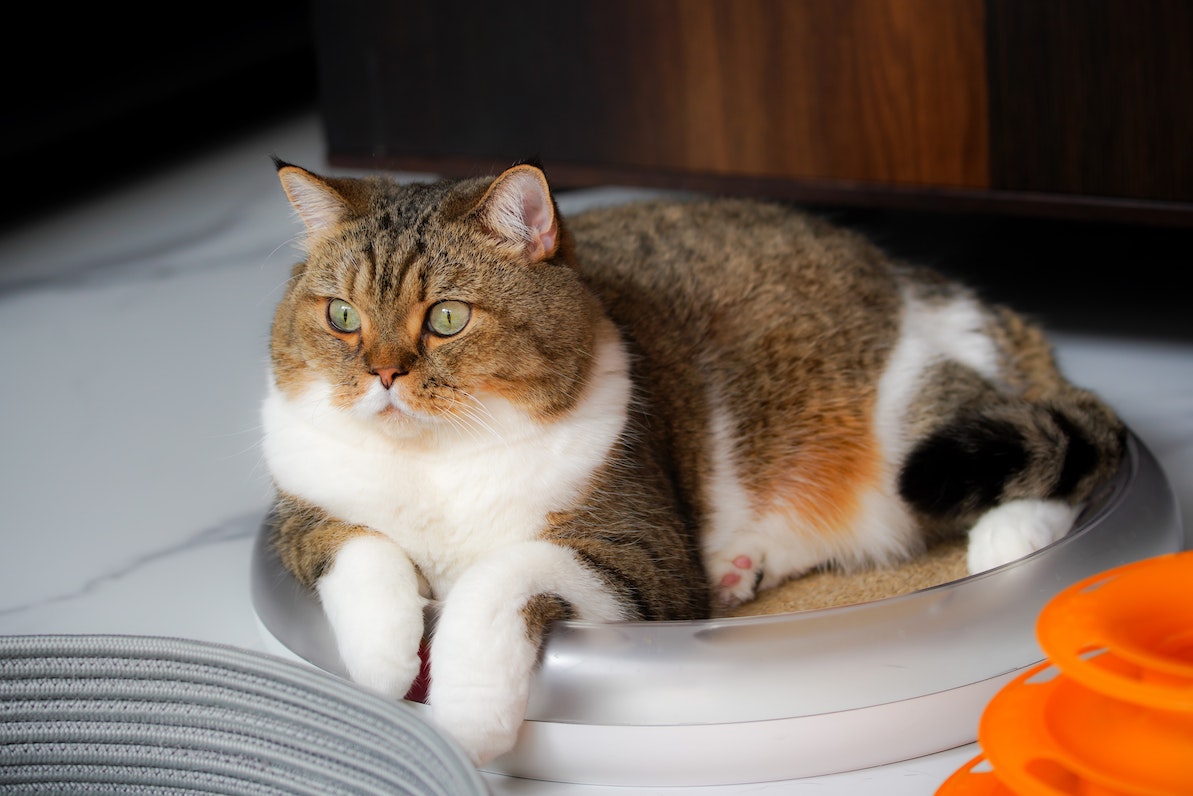- Aloe Vera vs Haworthie
Aloe Vera is a popular houseplant because it is very easy to care for. Nevertheless, your pet can be harmed if it nibbles on it and swallows the yellow sap of aloe vera. A great alternative to aloe vera is a succulent, like the haworthia. A haworthia is just as easy to care for and looks a lot like aloe vera, except it's not toxic to your dog or cat. Another plus point: a zebra haworthie has a very nice pattern, which makes it even more of an eye-catcher for your home!

- Lilies vs African Violets
Lilies are very colorful and beautiful to look at. But, as we discussed in the last article, lilies pose a major threat to pets, especially cats. Lilies contain toxins that cause liver failure in cats and a variety of other symptoms in dogs. So if you're looking for a colourful, animal-friendly alternative to lilies, give African violets a try. African violets are pet-friendly and bloom in many different colors. Not only are the colorful flowers very easy to care for, you can also place them near your pets with a clear conscience.

- Poinsettia vs Christmas Cactus
Thanks to its deep red leaves, the poinsettia is a popular eye-catcher for the Christmas season. Unfortunately, the poinsettia contains a toxic sap that, if ingested by your dog or cat, can lead to symptoms of poisoning such as indigestion and vomiting. But don't worry - there is a flowering and pet-friendly alternative for the poinsettia too! The Christmas cactus is a pet-friendly houseplant that blooms in many different colors (including a Christmassy red) just in time for the holiday season.

- Rubber Tree vs Money Tree
The rubber tree is a low-maintenance plant and fits into every corner of your home. Nevertheless, it can harm your pet if it becomes curious and wants to nibble on its leaves, for example. The plant sap not only irritates the skin, but also the mouth and throat of your dog or cat. If you want a similar plant, try the Money Tree. The money tree is a pet-friendly, non-toxic alternative to the rubber tree and looks at least as beautiful.

- Mistletoe vs Tillandsia
Commonly hung from the ceiling or over a door frame at Christmas time, mistletoe possesses mystical qualities, as we discussed in our last article. Unfortunately, mistletoe is also toxic to dogs and cats and, if ingested, causes a range of symptoms which, on rare occasions, can lead to very serious complications. If you want a similar plant hanging from the ceiling, we recommend tillandsia. Tillandsias are very easy to care for and love to climb from the ceiling. Good to know: tillandsias belong to a group of plants that purify the air.

- Ivy vs Rattlesnake Plant
While ivy is beautiful to look at, unfortunately if your dog or cat decides to chew on it, it can lead to digestive problems and other symptoms of poisoning in your pet. If you want a pet-friendly houseplant that looks just as interesting as ivy, you might want to try a rattlesnake plant. Contrary to its name, the rattlesnake plant is a pet-friendly alternative and will certainly find a nice spot in your home.

- Chinese periwinkle vs arrowroot
Chinese periwinkle is beautiful to look at, but as we learned in our last article, Chinese periwinkle is poisonous to pets. A very nice alternative, however, is arrowroot, which is non-toxic to cats and dogs and even looks a bit like Chinese periwinkle.

We hope this article gives you some inspiration for some new plants. If you're curious and want to know why some of the above plants aren't pet-friendly, read our article on 7 Popular House Plants That Could Be Harmful to Your Pet.



